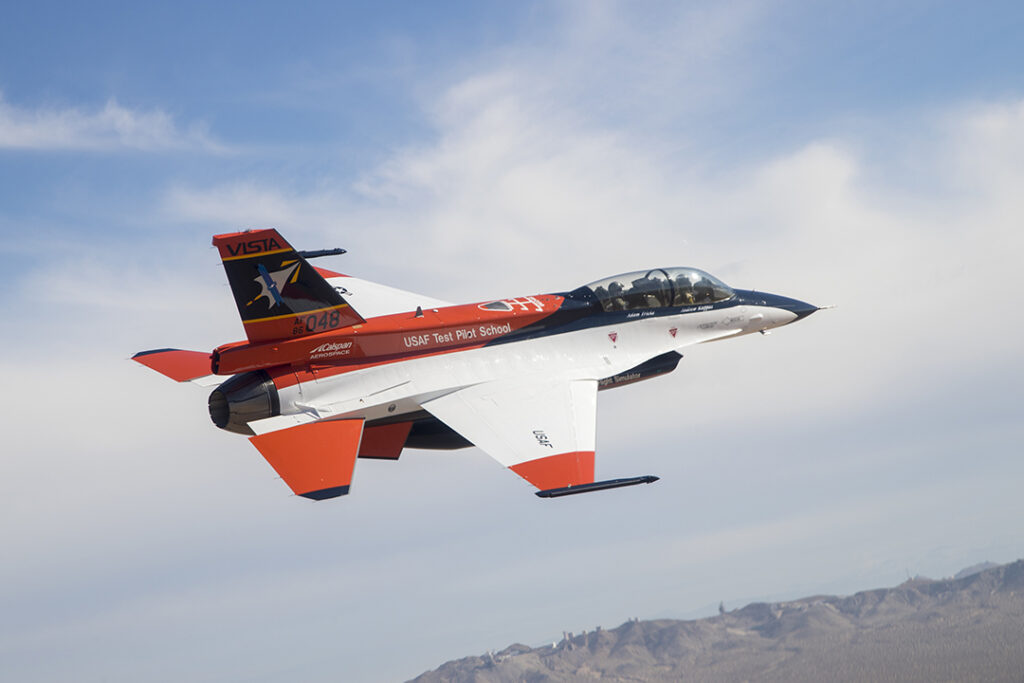THE WATCH STAFF
What once seemed like futuristic technology is now a necessity to defend the United States Homeland, says Air Force Gen. Glen VanHerck, who leads U.S. Northern Command (USNORTHCOM) and the North American Aerospace Defense Command (NORAD), delivered March 23, 2023, to the Senate Armed Services Committee.
“I think the future of homeland defense is vastly different than what we see today,” he said of the “future types of systems” that will be needed, according to a March 24 story by the defense technology website C4ISRNET. “It’s likely (to include) autonomous platforms, airborne, maritime platforms, unmanned platforms with domain-awareness sensors, and effectors that are kinetic and non-kinetic.”
As the leader of USNORTHCOM, VanHerck has been a stalwart proponent of using artificial intelligence (AI) and machine learning to improve threat detection. Those capabilities came under congressional and public scrutiny after the February 4 USNORTHCOM shootdown of a high-altitude surveillance balloon from the People’s Republic of China (PRC) that entered U.S. airspace.
“Russia and China continue to aggressively pursue and field advanced offensive cyber and space capabilities, cruise missiles, hypersonic weapons, and delivery platforms designed to evade detection and strike targets in our homeland from multiple vectors of attack and in all domains,” VanHerck told the Senate panel, according to a transcript of his remarks.
“My ability to detect those threats, whether they be undersea (in) orbit and in cyberspace, has not kept pace with the threat,” VanHerck said, according to a March 23 story by Air & Space Forces Magazine.
To keep pace, VanHerck said that USNORTHCOM and NORAD will need upgraded all-domain awareness and capabilities, which the U.S. is developing.
The Department of Defense spending on AI jumped to U.S. $2.5 billion in 2021 from a little more than U.S. $600 million in 2016, according to an October 13, 2022, story by C4ISRNET, which also said that almost 700 such projects, including ones tied to weapons systems, were “underway as of 2021.”
One such example: The Defense Advanced Research Projects Agency (DARPA) has developed AI under a program called Air Combat Evolution that has progressed from controlling simulated F-16s in dogfights to controlling an actual F-16 in flight in fewer than three years, according to a January 13 DARPA news release. In December 2022, a modified F-16 test aircraft flew multiple flights. The tests demonstrated that AI could control a warplane and provided important valuable live-flight data, according to the DARPA news release. (Pictured: The Variable In-flight Simulator Aircraft, or VISTA, flies over Edwards Air Force Base in California in 2019. In 2022, AI controlled it during test flights.)
Still, VanHerck told the Senate panel, ongoing funding for AI and other advanced systems is crucial. The Pentagon’s fiscal 2024 budget blueprint requested U.S. $1.8 billion for AI, according to the March 24 C4ISRNET story.
“Our commands need your continued support,” said VanHerck, according to C4ISRNET, “to outpace the rapid gains made by our competitors.”
IMAGE CREDIT: U.S. AIR FORCE

